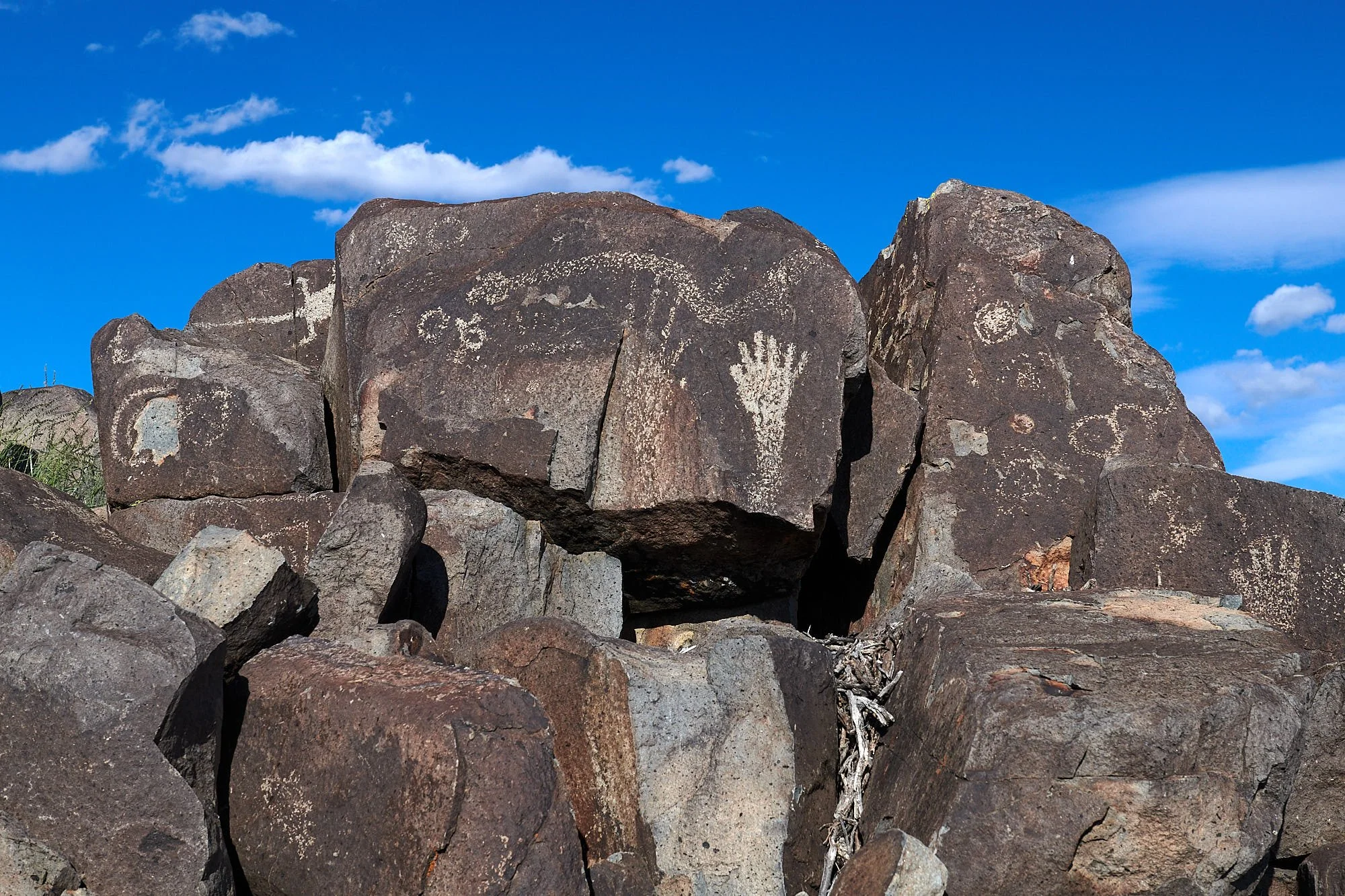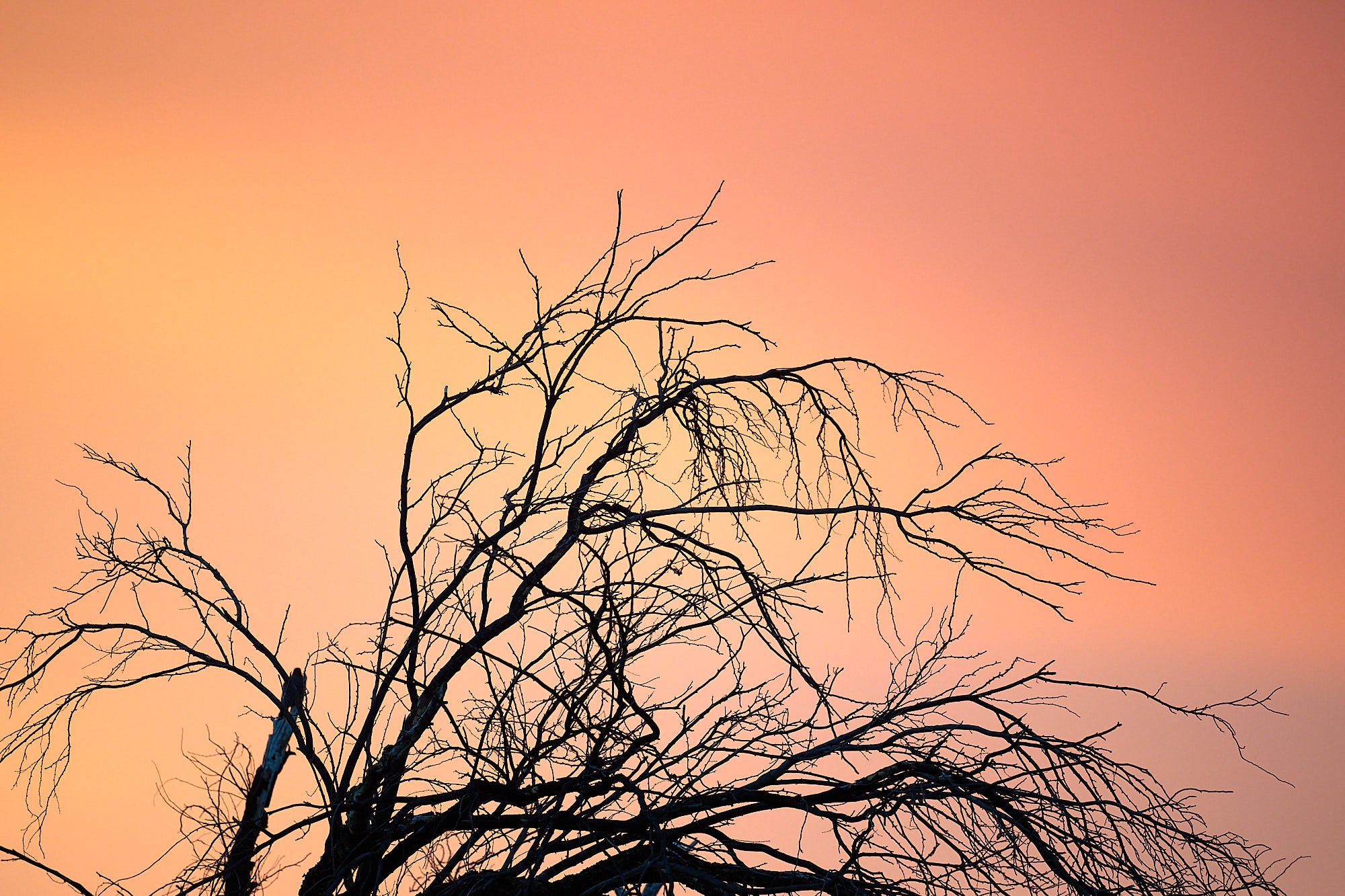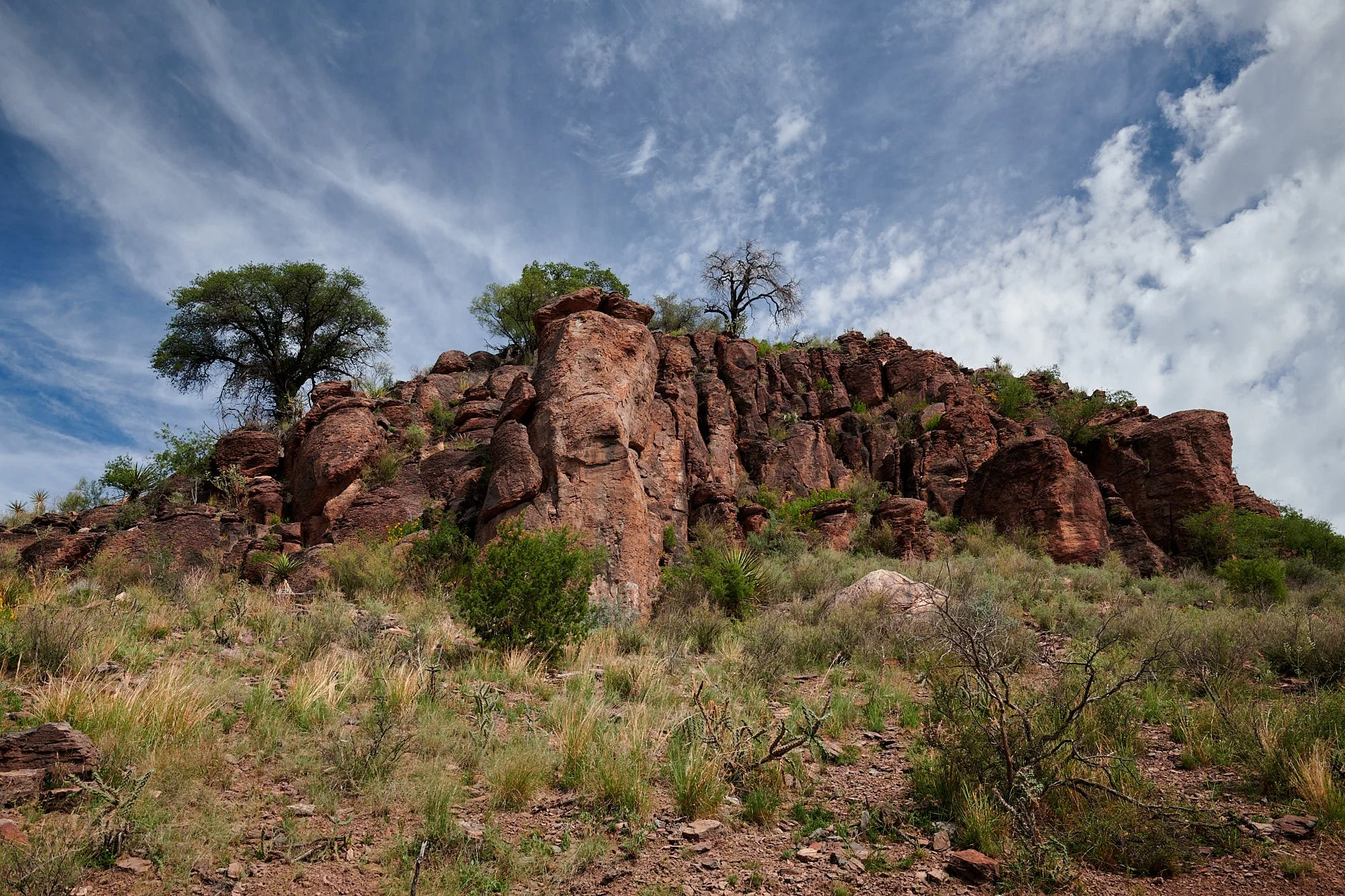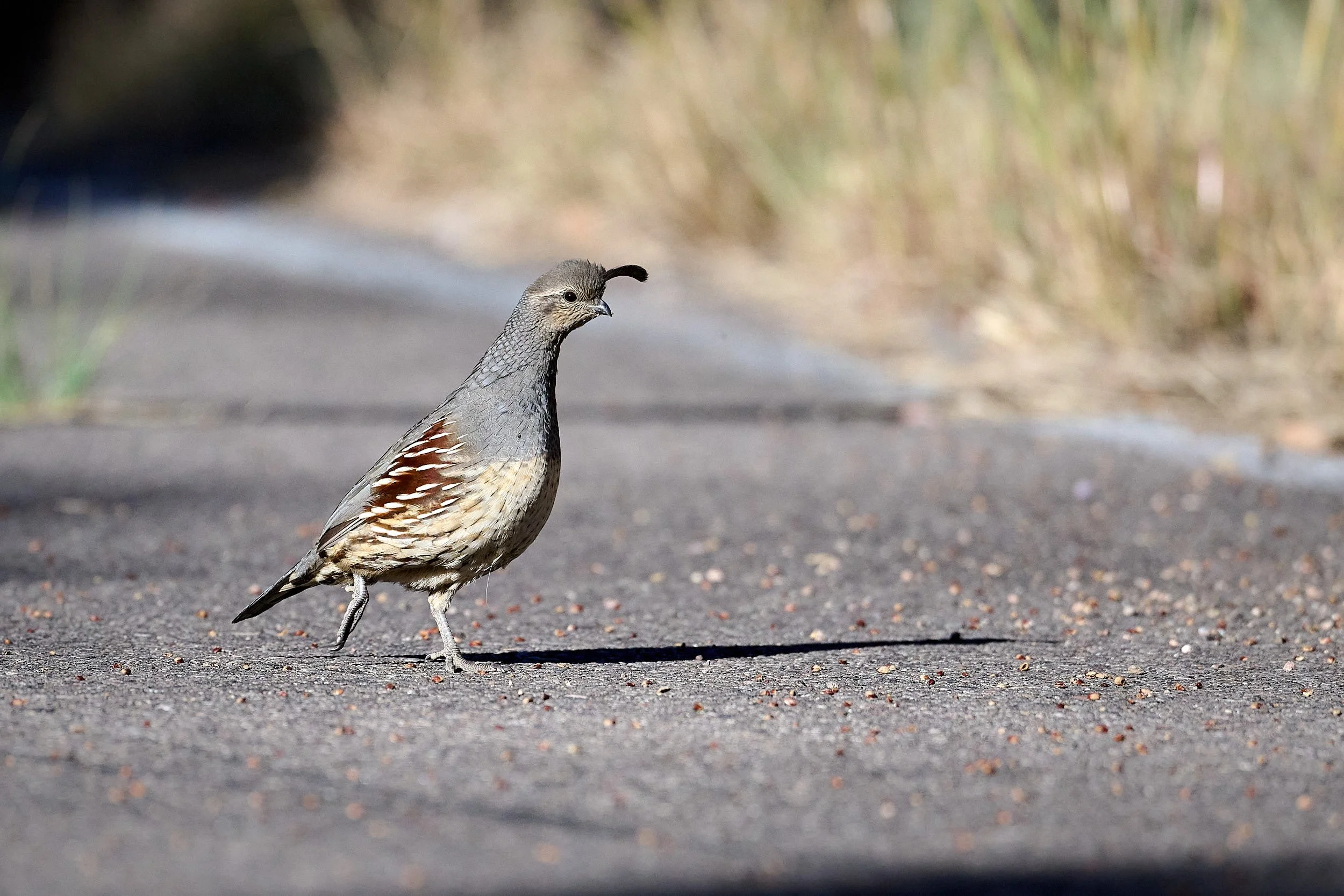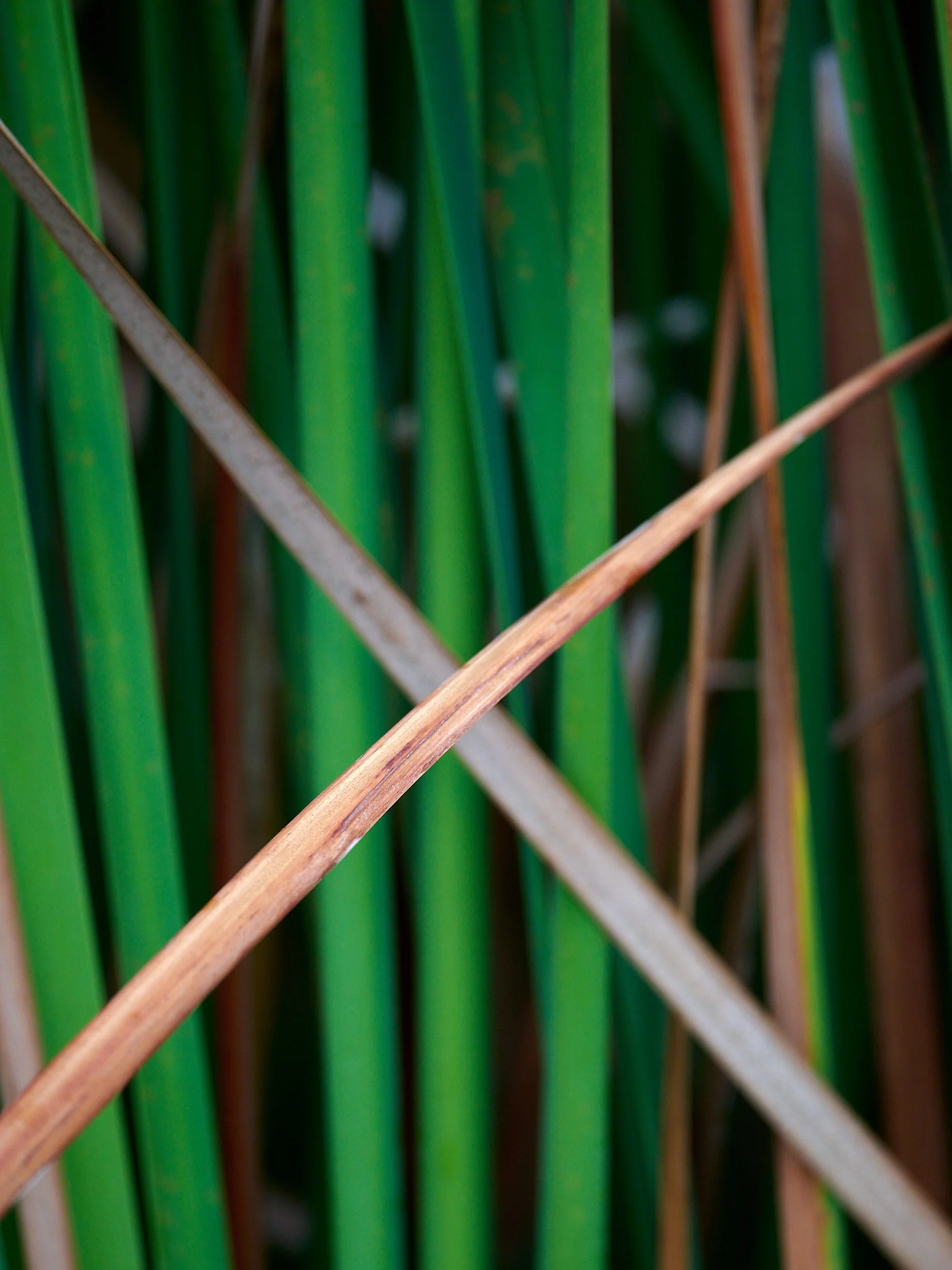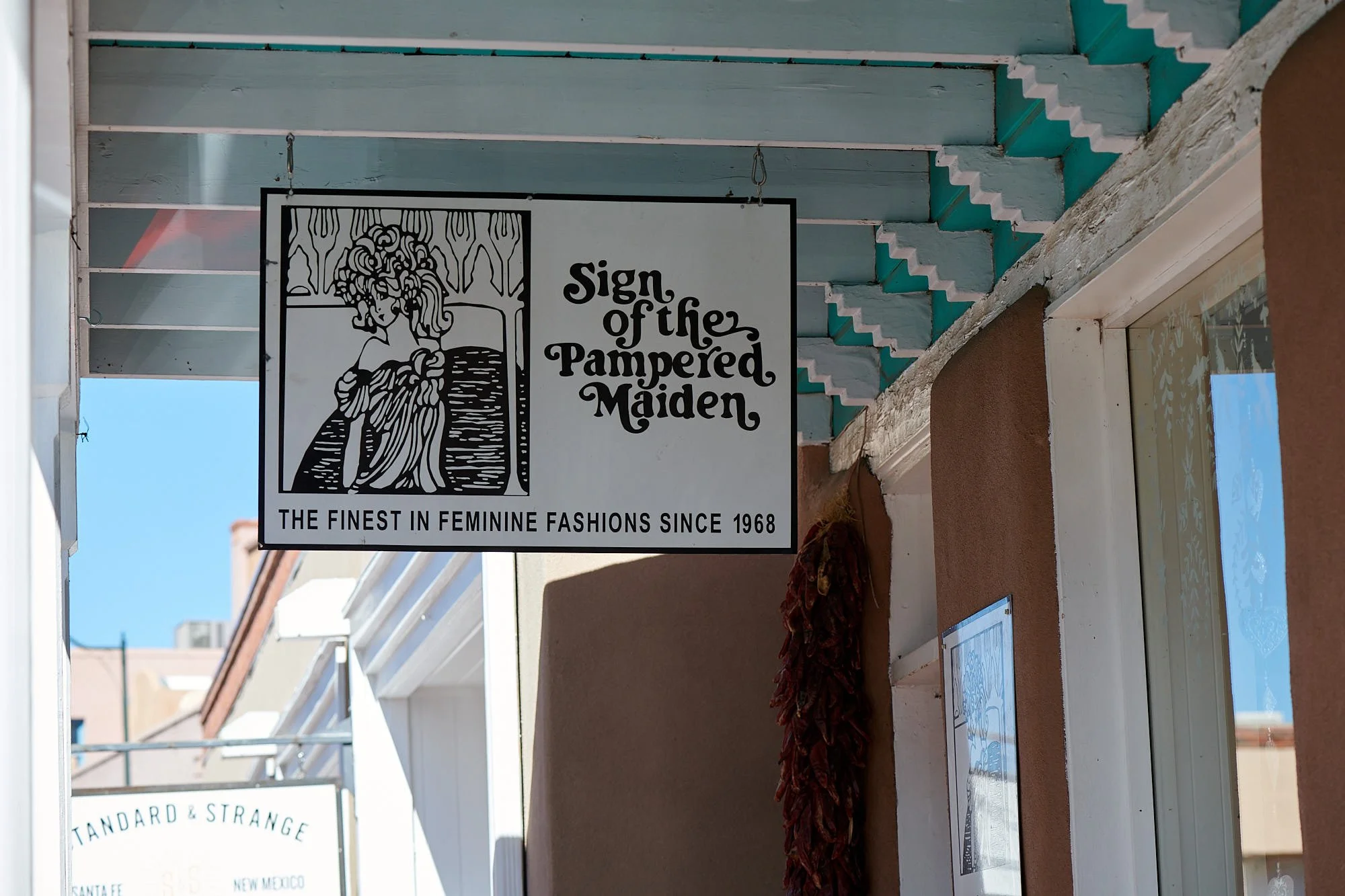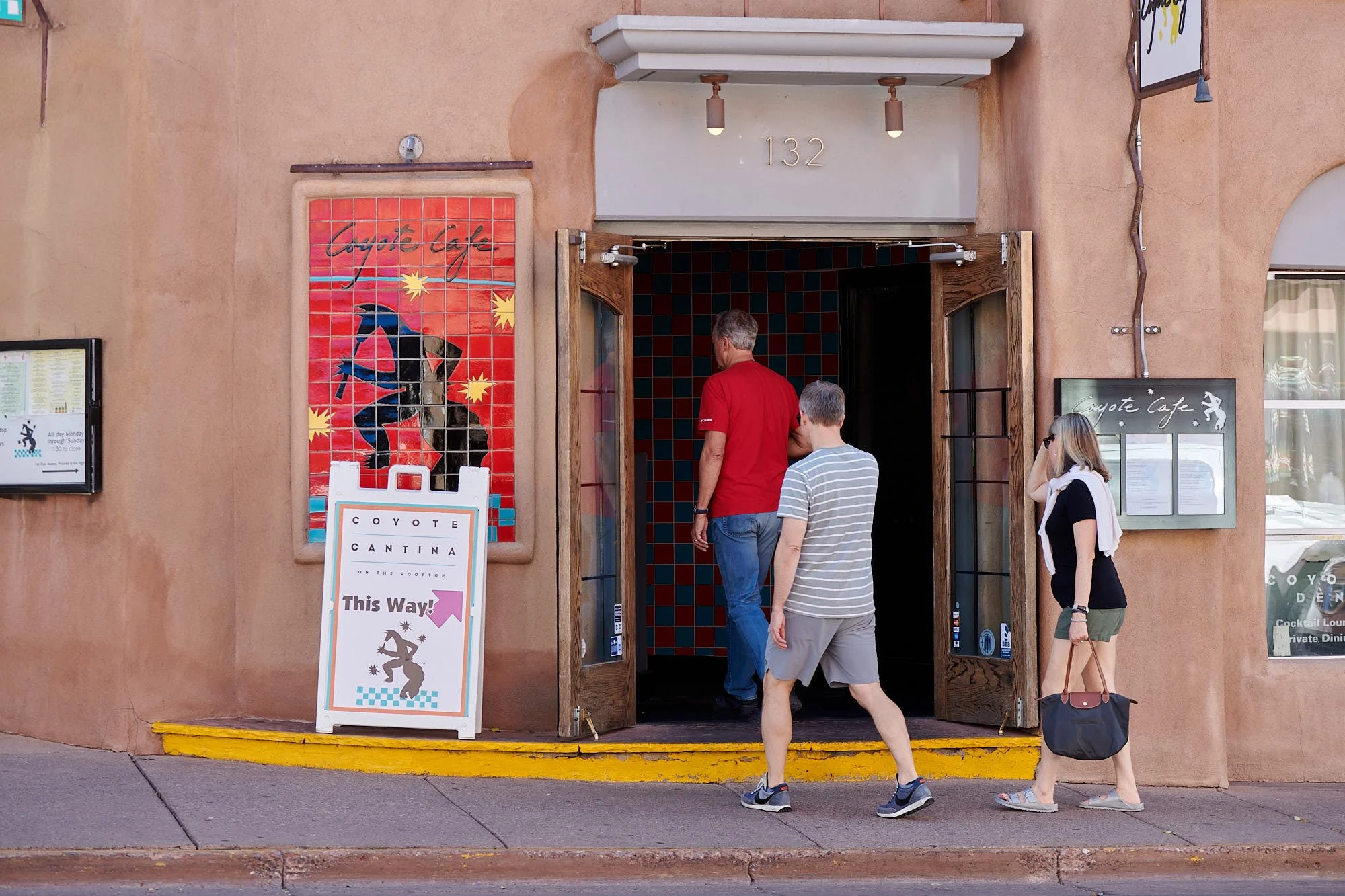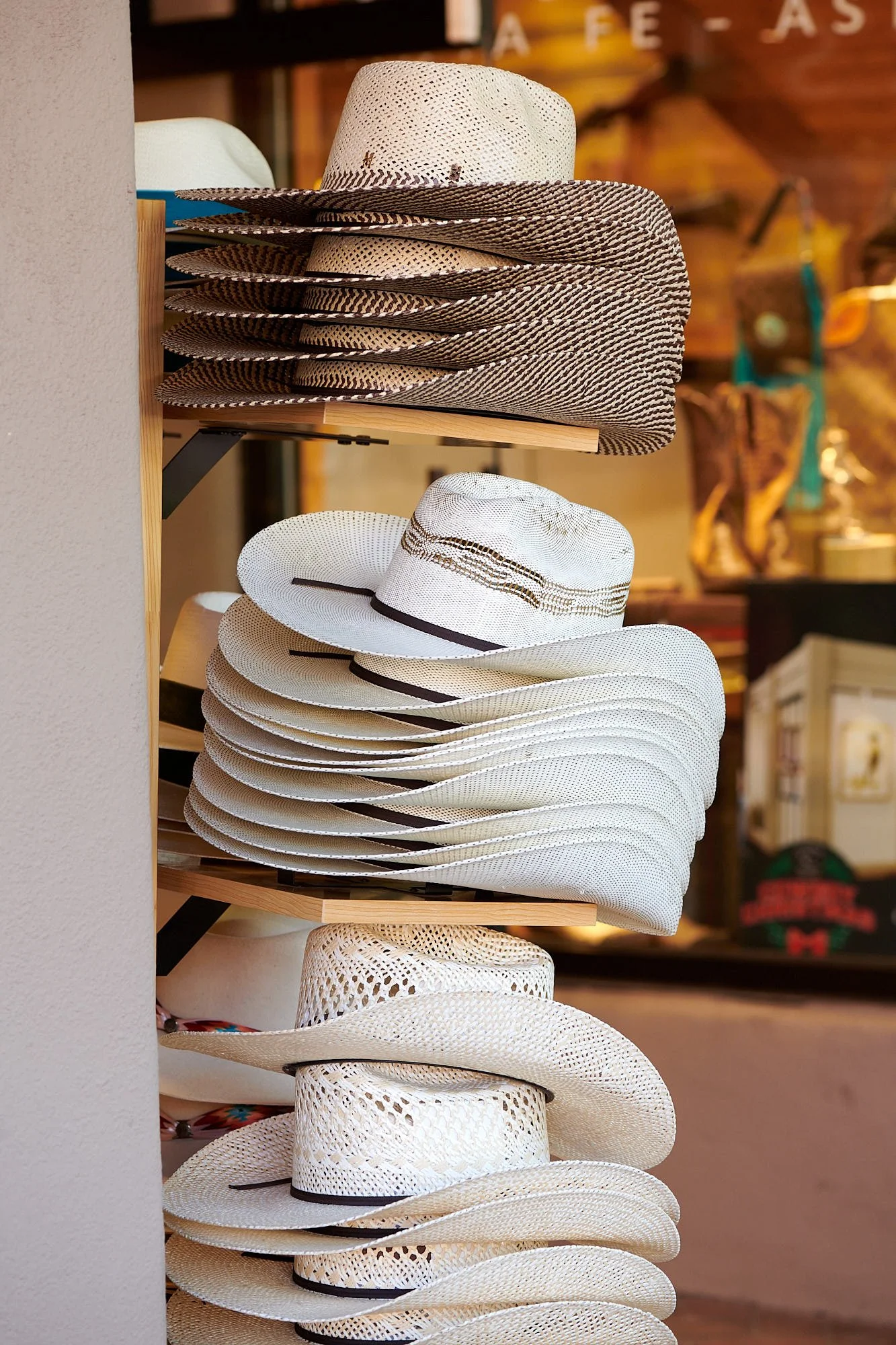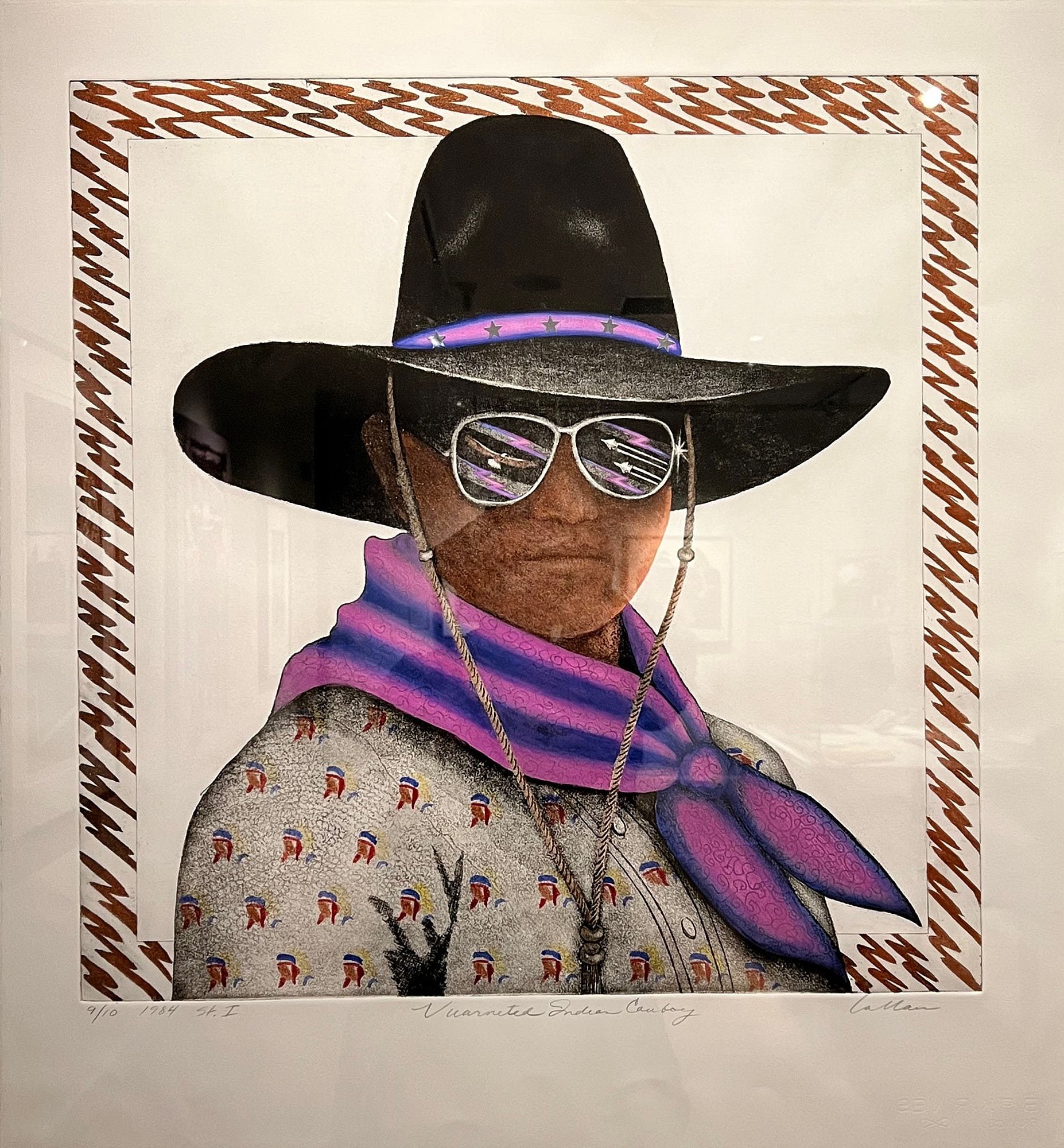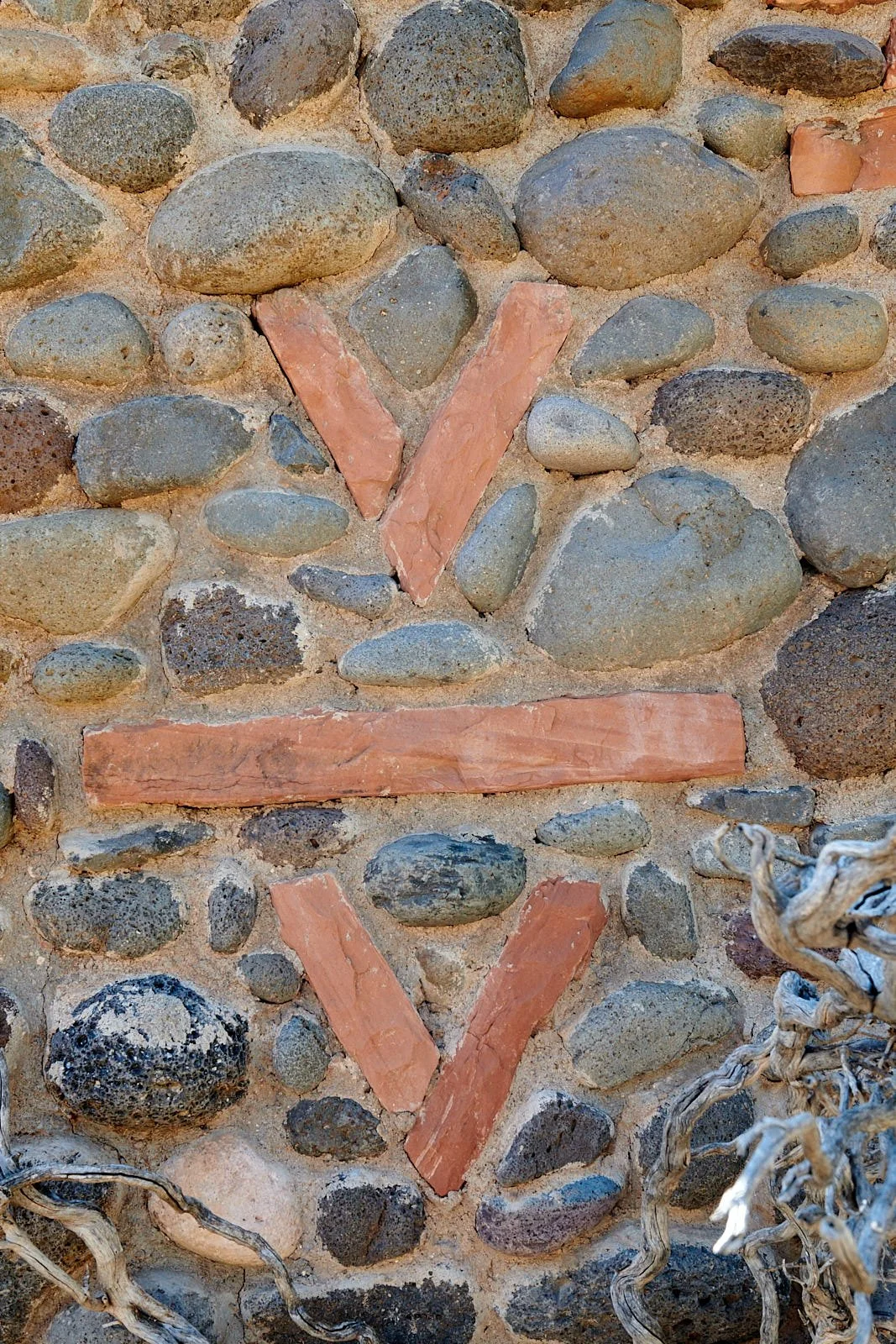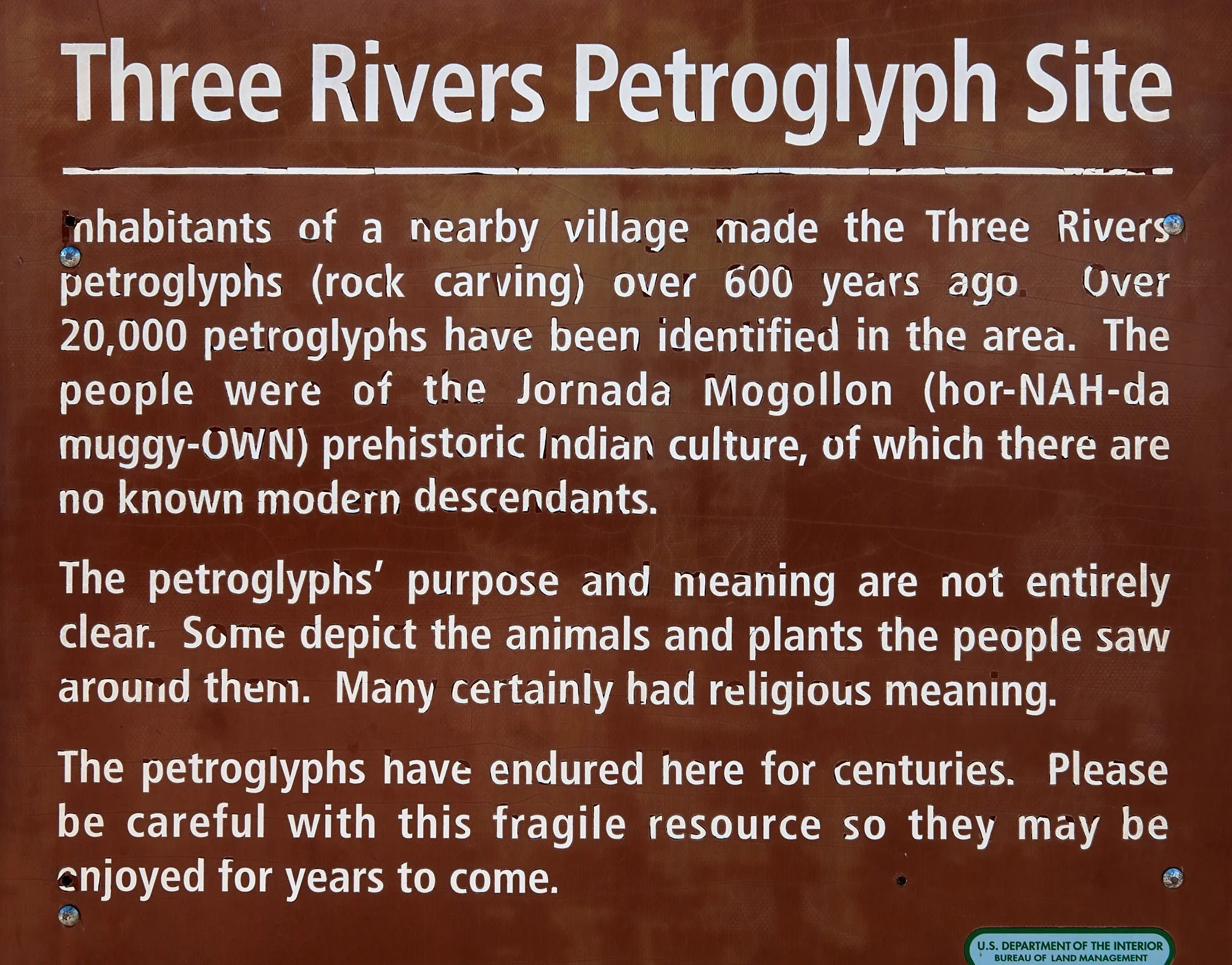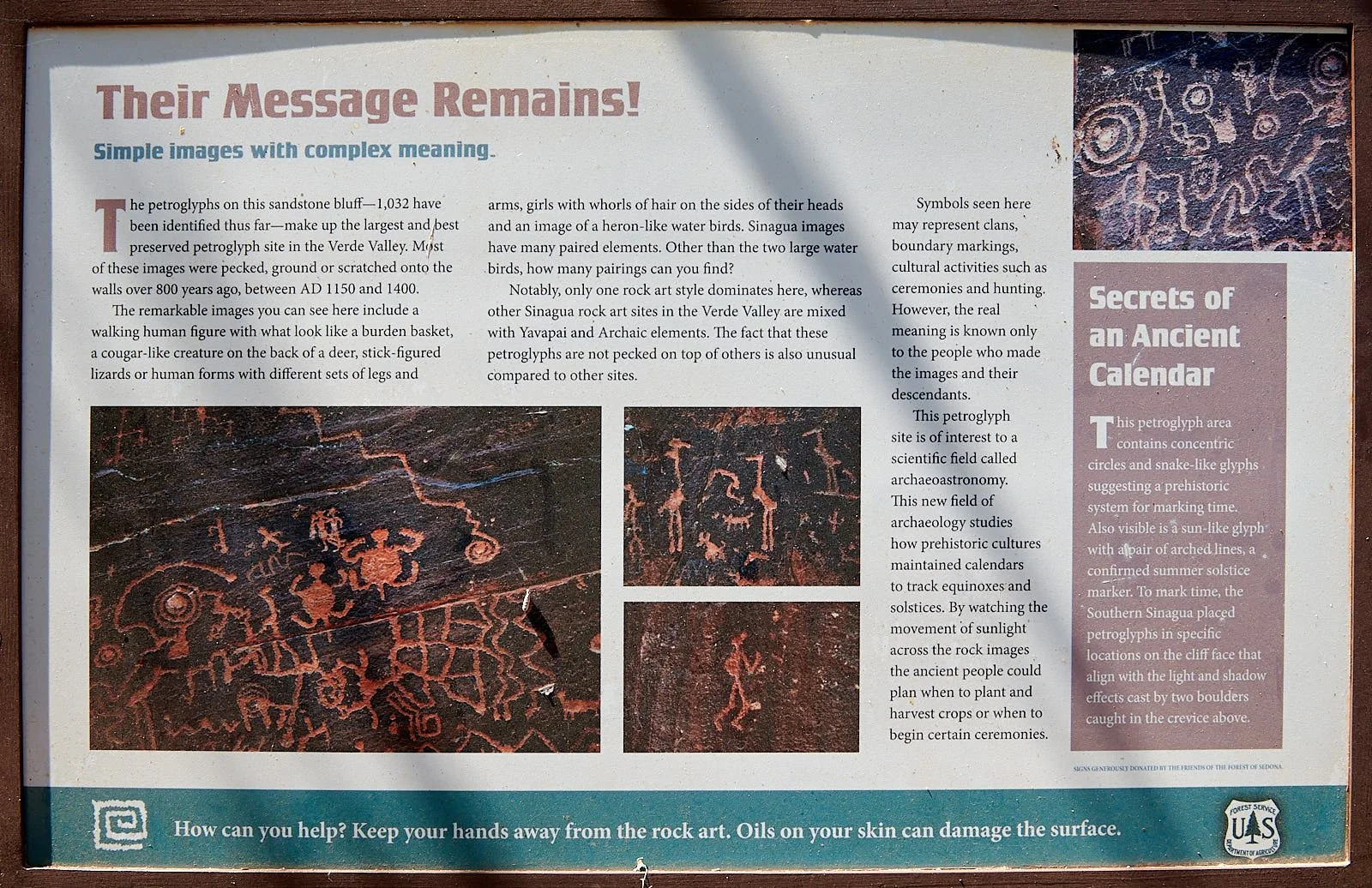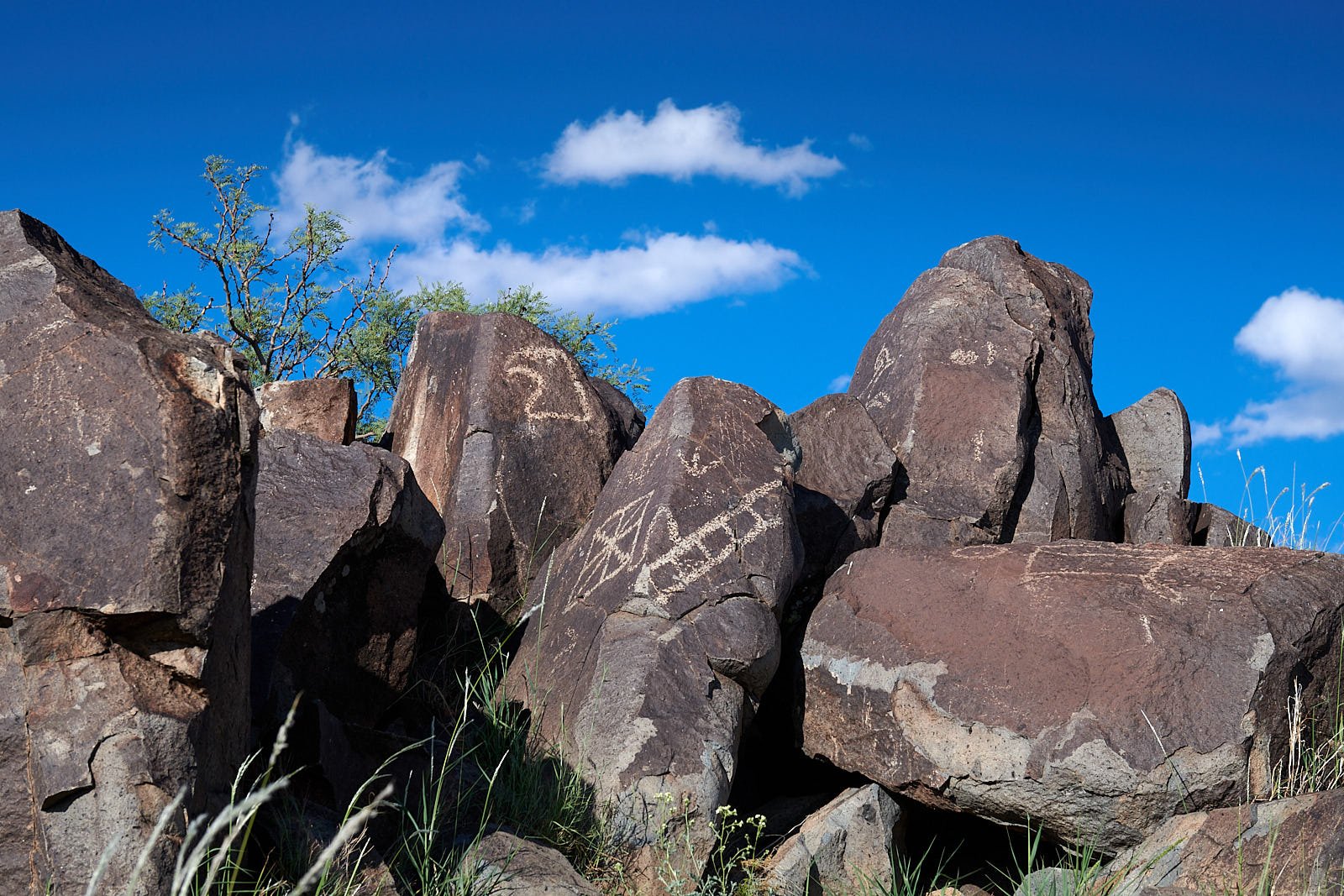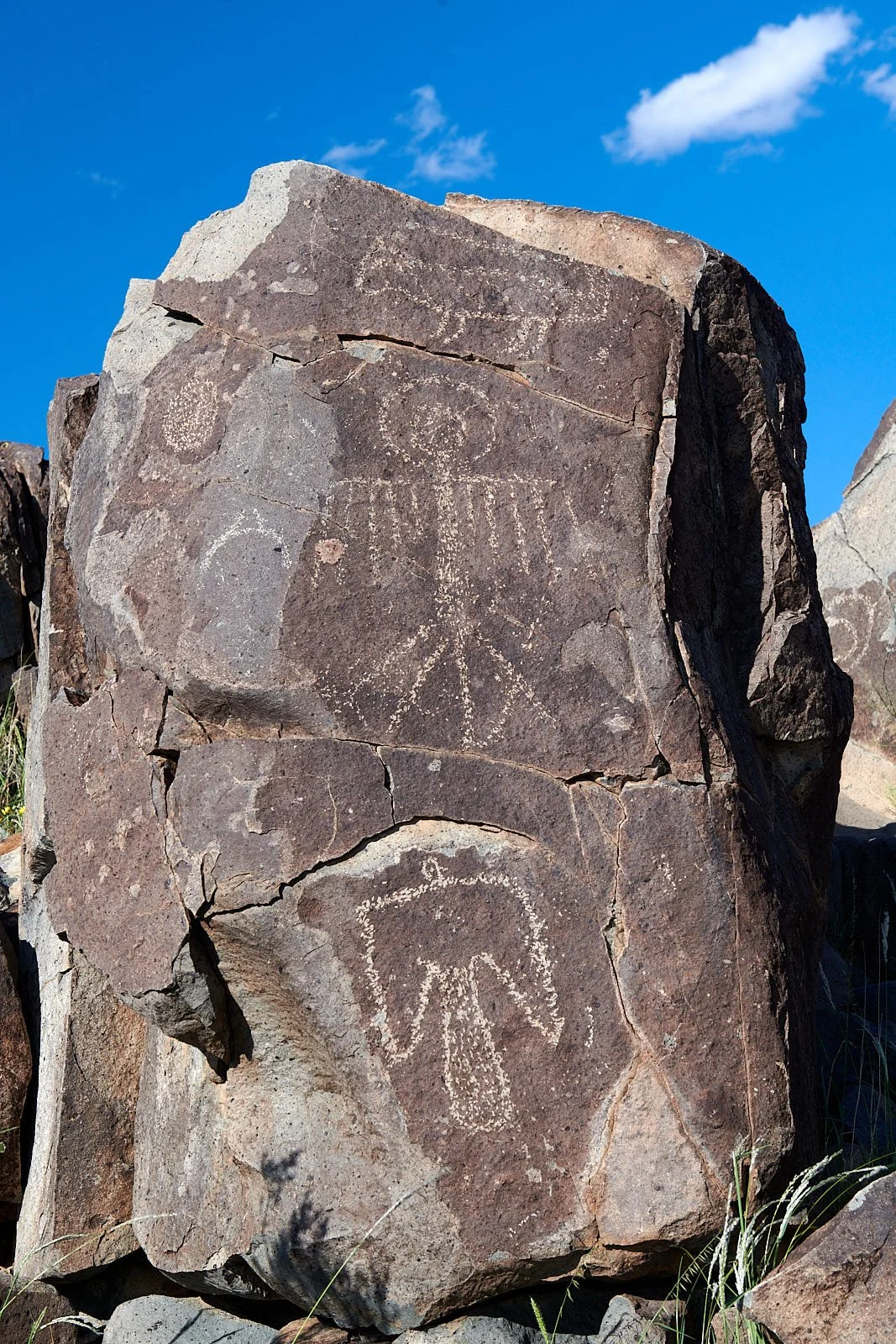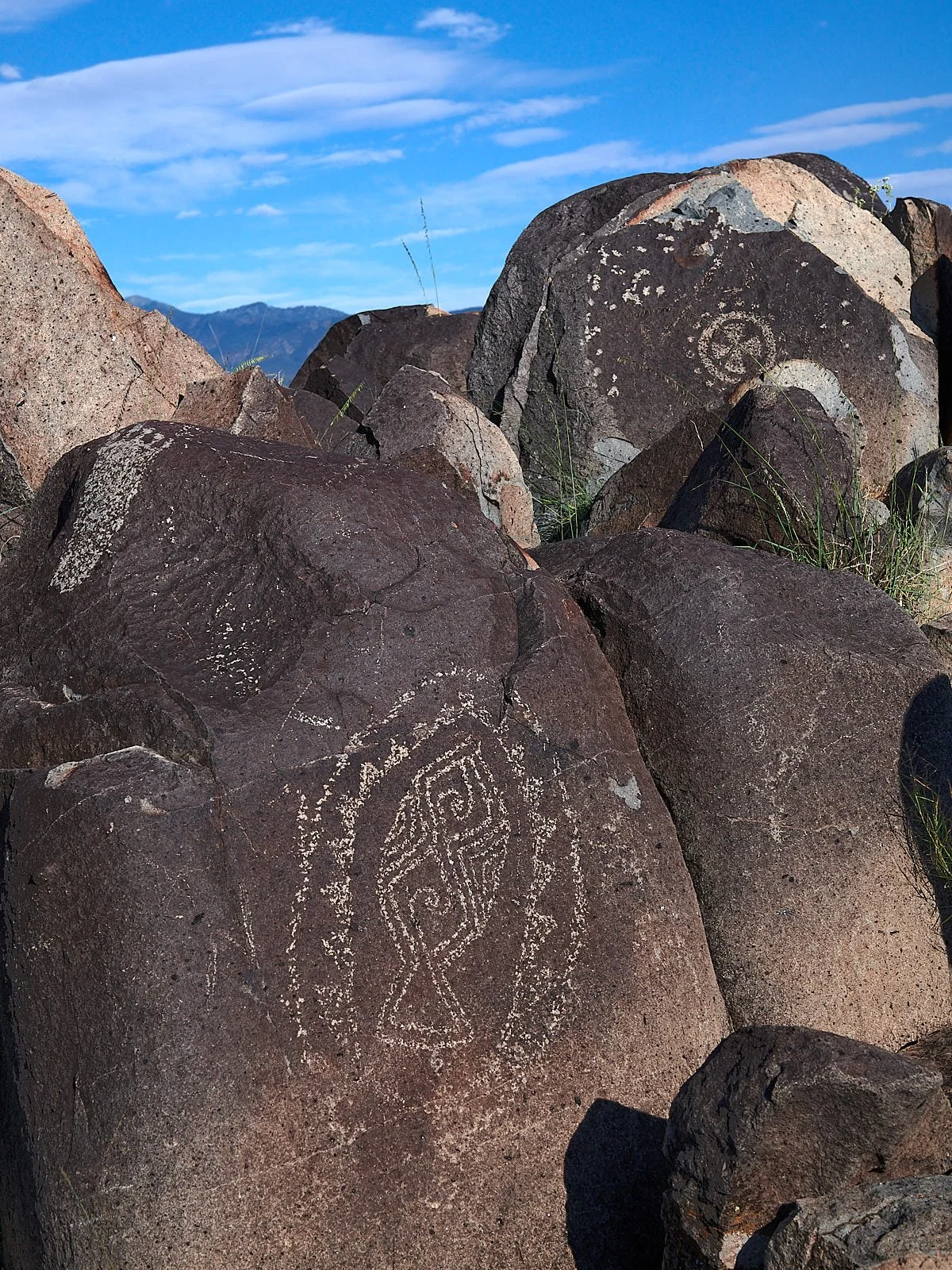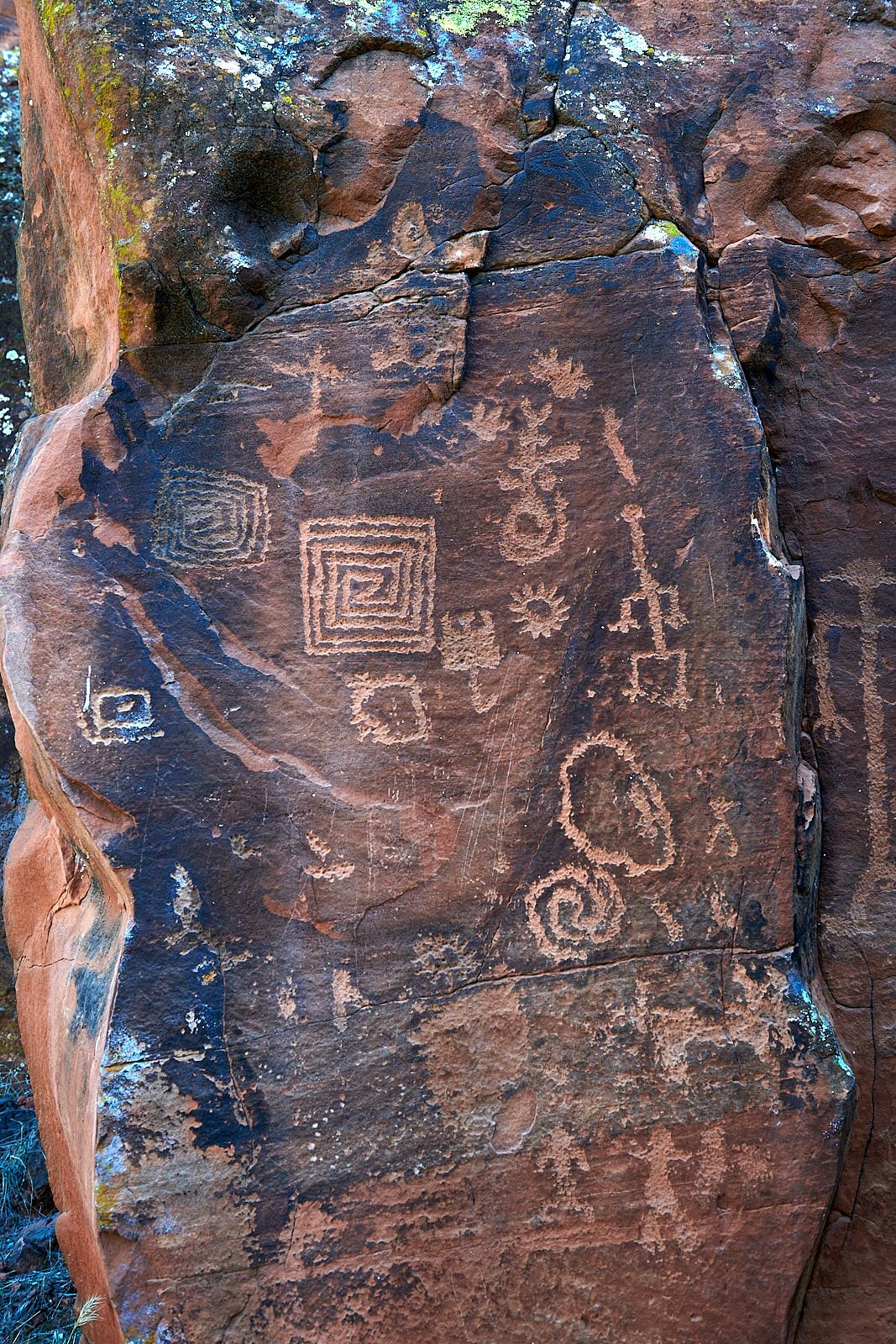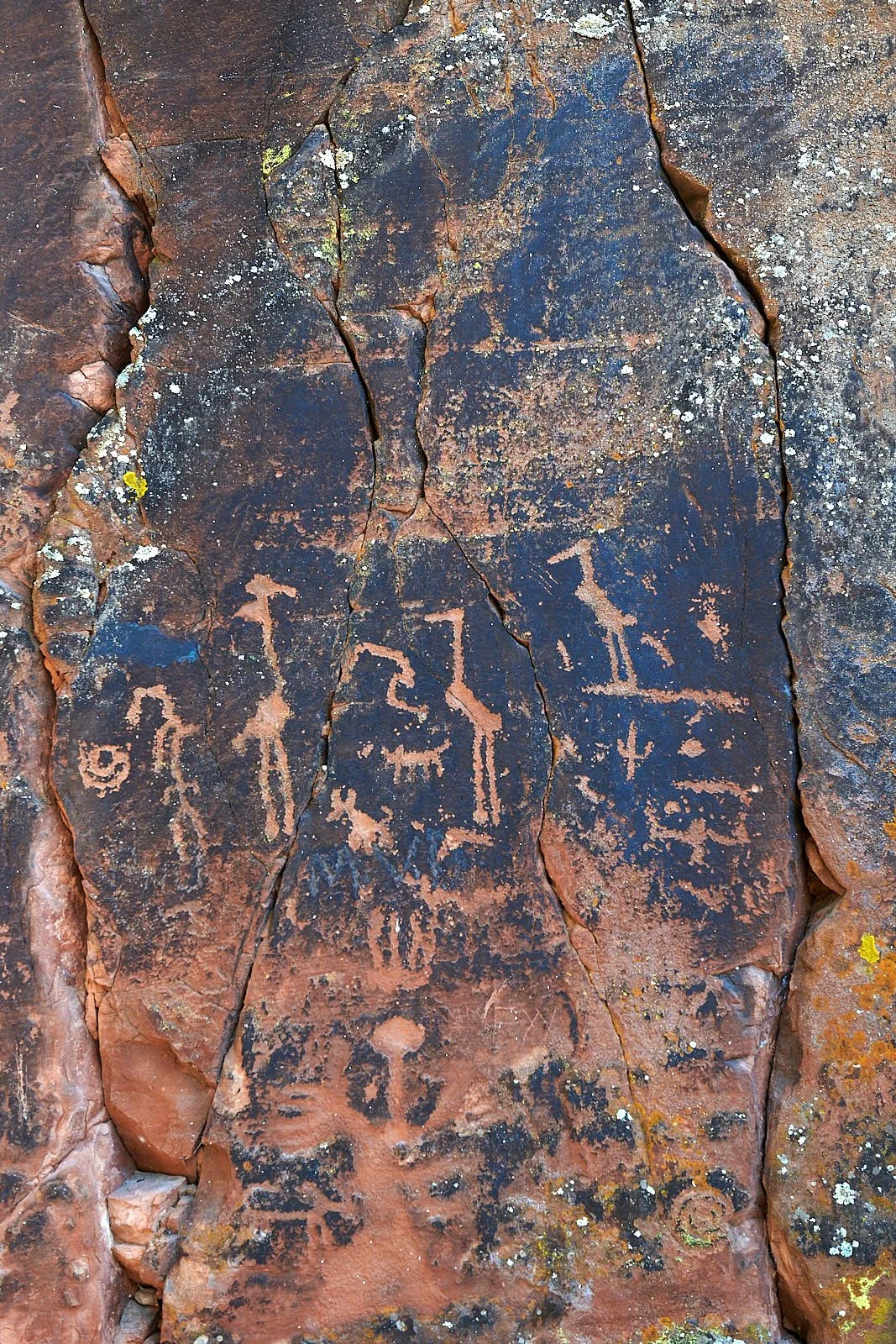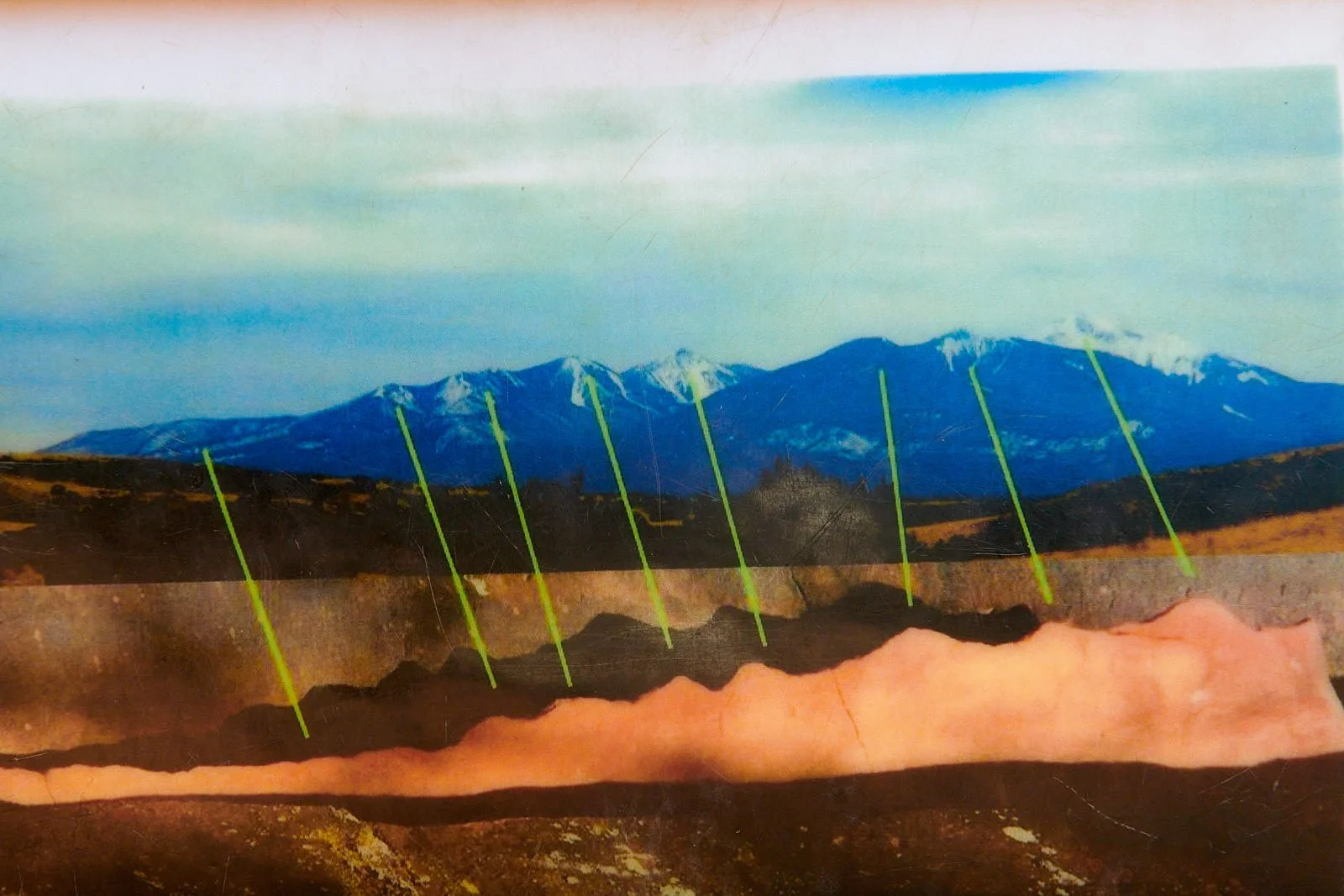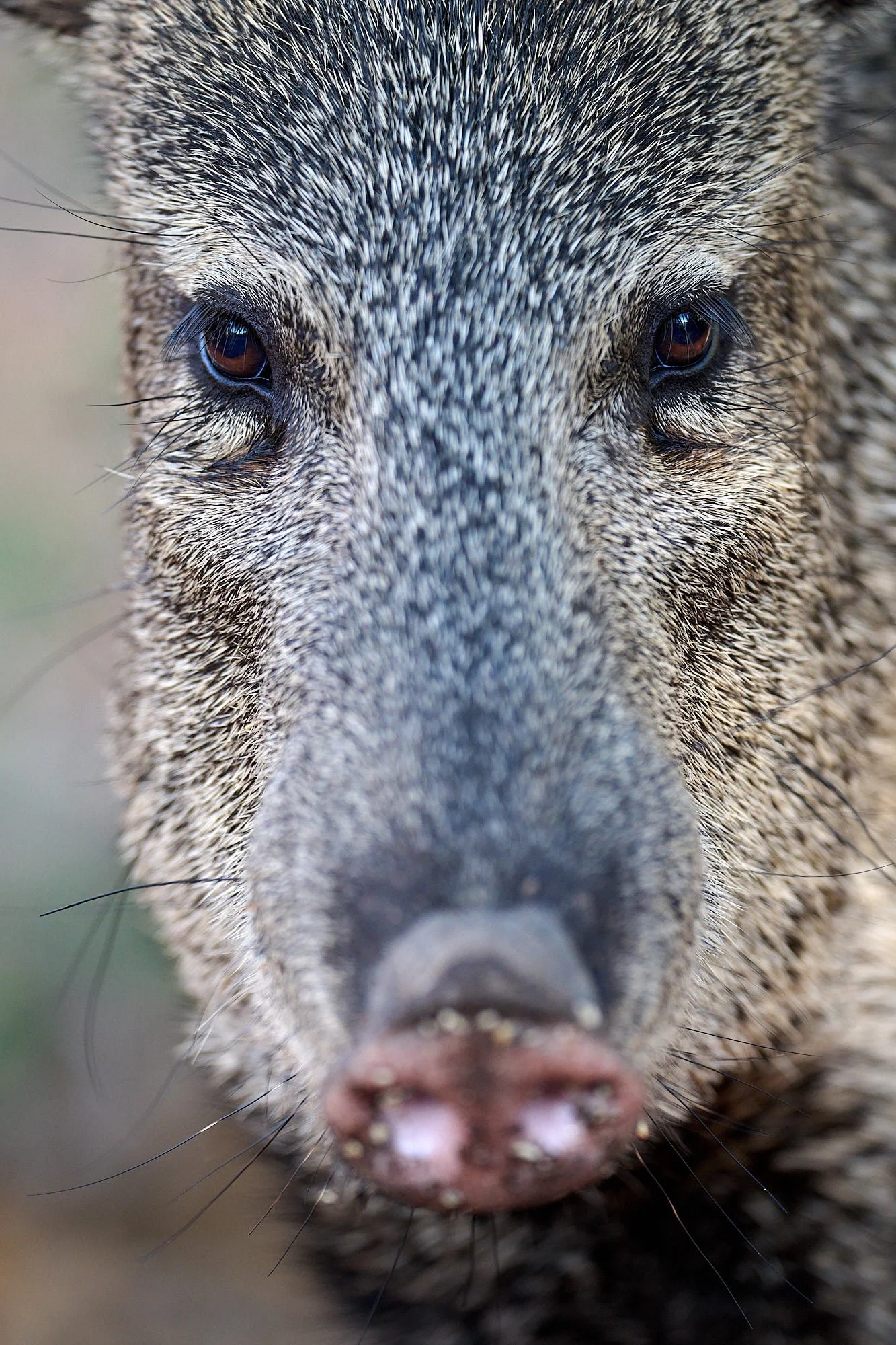Chasing the Southwest Monsoon: September & October, 2023
Section #5: Southwest Art.
Three Rivers Petroglyph Site, New Mexico.
“My art is a rejection of the idea of the vanished American Indian.”
Jean LaMarr, Artist.
Davis Mountains State Park, Texas.
Gambel’s Quail.
Water reeds
Canyon Towhee.
Santa Fe and modern art
After Taos, we lodged at Santa Fe, enjoying the prolific art scene, the museums, and the Southwest cuisine.
I learnt that I’m a lousy street photographer - too embarrassed to point a lens at strangers.
Georgia O’Keefe, Pedernal 1945.
The Georgia O’Keefe Museum was, of course, wonderful.
O’Keefe, in her later years, said it was important to stay interested. Happiness is a fleeting moment. Stay interested in whatever motivates you. It will bring personal growth and moments of happiness.
Jean LaMarr, Vuarneted Indian Cowboy, 1984.
Museum of Contemporary Native Art
The museum featured the art of Jean LaMarr who lives in Susanville, California and is an enrolled member of the Susanville Indian Rancheria. Her “colorful and seductive yet hard-hitting satirical artworks challenge long-held cultural stereotypes and preconceptions about Native American people and cultures”.
Prevailing themes at the Musuem were:
The ongoing injustices endured by Native Americans.
The emotional & spiritual connections felt by Native Americans towards the environment.
It is a myth to talk about disappearing Indian cultures. The nations are active and continue to hold onto their ways.
Ancient Art
Ancient Pueblo petroglyph sites that we visited were:
Three Rivers Petroglyph Site (New Mexico). The images represent the Jornada (desert) Mogollan style and were made about 900 to 1,400 CE.
V_V ranch (Arizona). These petroglyphs were made by the southern branch of the Sinagua culture around 1,150 to 1,400 CE.
Keyhole Sink (Arizona). Petroglyphs done about 1,000 years ago by a culture called the Cohonina.
What does Rock Art mean?
After considering this question, I concluded that the motivations to create art are probably universal and timeless. In modern times and cultures, art is personal and intentional; it depicts an individual experience of reality and the world. I saw no reason why the creation of ancient art should be different. I was, of course, completely wrong.
To better understand rock art, I purchased a layman’s primer by Stewart M. Green.
Green bluntly states: “The simple truth is that we can’t know what a rock art panel means.” The creative moment and the artist/s are long gone.
However, the author suggests “We can find loose interpretations of rock art by listening to the stories and meanings given to them by the living descendants of those who created the art. Their tribal voices talk of rock art’s ties to shamanism, vision quests, spirit helpers, and sacred places.”
He argues that ancient people felt spiritually connected to their environment and to the plants, animals and magical beings that coexisted with them within the sacred landscape. “Rock art was a way for people, especially shamans or medicine people, to interact with supernatural forces and the mysteries of the universe.”
Rock art images possessed powers and acted as portals for shamans to enter the spirit world. Once there, aided by spirit helpers, deities and other supernatural beings, the traveler could approach ancestors and other divine forces about concerns - for example: health, fertility, farming, hunting, warfare, weather, and the future.
After their return, shamans sometimes recorded their experiences on the rock wall.
Travel to the spirit world was usually accomplished in a trance state. Trance could be induced by actions such as hyperventilation, sensory deprivation, dehydration, chanting, rhythmic dancing, meditation, and the use of drugs from plants.
The rock art may not be representational, but rather depict a supernatural being, or a concept, or a hallucinogenic experience.
Some rock art probably had other purposes at various times. In the American Great Plains, a biographical form of rock art started around 1,600 CE. Images narrated historical events (battles, village life, etc.); the style is attributed to contact with Europeans.
The Ancient Pueblo incorporated their astronomical knowledge into rock art.
All the rock art shown above was photographed at Three Rivers Petroglyph site. The images below are from V_V Ranch.
V_V petoroglyphs
Bottom row, Left: Image annotated to show how the Sinagua kept track of the seasons. When shadows falling the rock face touched the petroglyph images, it indicated it was an appropriate time for an activity such as planting corn or a ceremony.
Middle row, Right: Image annotated to demonstrate a wedge of rock that has been fashioned such that the rock’s edge forms a shadow that replicates the profile of the sacred mountains to the north (bottom row, right image).
Idiotic behavior
Indigenous people continue to regard rock art as sacred and a connection to their ancient spiritual world. The images should be respectfully protected.
Javelina (Collared peccary).

